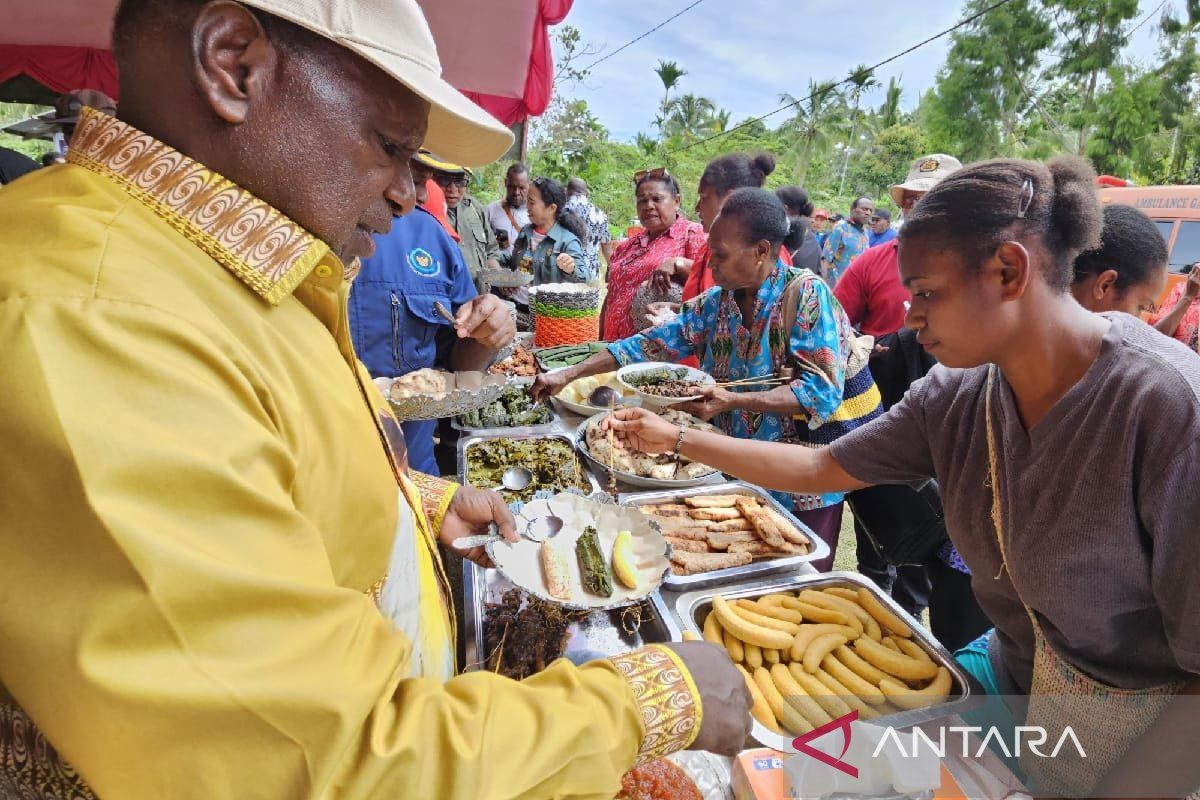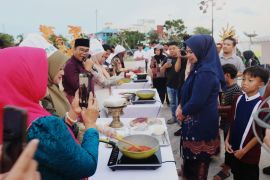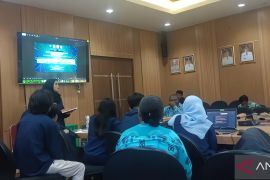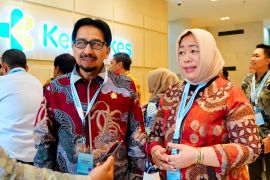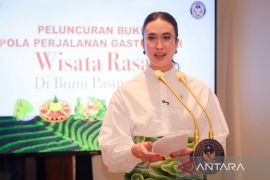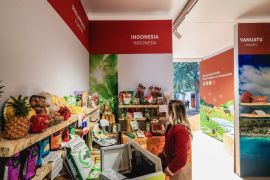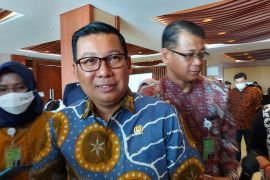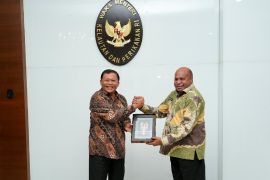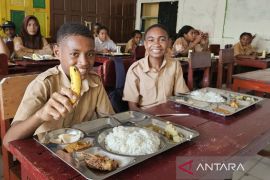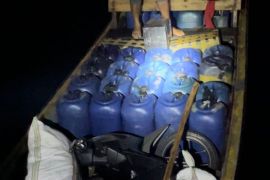Based on the Indonesian Nutritional Status Survey (SSGI) in 2021, stunting prevalence in Papua reached 29 percent and dipped to 26.9 percent in 2022.
However, the 2023 Indonesian Health Survey (SKI) indicated that the stunting rate in the region had increased to 28.6 percent.
These figures exceed the stunting prevalence recommendation of 20 percent released by the World Health Organization (WHO).
Hence, the region is considered to have a high stunting prevalence.
Stunting is a growth disorder in children due to chronic malnutrition characterized by height below standard. This chronic malnutrition occurs if a child’s food intake needs are unmet.
The regional government, along with related agencies, continues to push efforts to fulfill children’s nutritional needs through local Papuan food.
The nutritional content of local food is considered appropriate for the food intake of stunted children.
Papua has abundant natural resources to be processed as sources of balanced nutrition, such as sago, sweet potatoes, taro, local wheat, cocoa, corn, and fish.
Currently, the local government is focusing on promoting the regional food potential in Papua.
“Papua is rich in natural resources. Therefore, regional officials should be actively promoting economic development based on local potential,” Papua Acting Governor Ramses Limbong remarked.
For instance, almost 85 percent of areas in Papua Province have sago trees which can be processed into several meals such as papeda, pounded sago, or congee sago.
Meanwhile, tubers found abundantly in the region can be consumed in several ways such as boiled, fried, or pounded.
In addition, sago worms have good nutritional content for the body and can be processed into food.
Furthermore, abundant fish from Papua can be consumed to fulfill the community's nutritional needs.
Fish consumption in Papua, especially in coastal areas such as Sarmi, Waropen, Yapen Islands, Supiori, Biak Numfor, and Jayapura District and City, currently reaches 75.72 kg/capita.
Fish contains high levels of fat, vitamins, minerals, and omega 3 to support nutrition improvement programs, especially in the first 1,000 days of life and children under two years of age, to realize the quality of productive and competitive human resources in the future.
Papua Province has nine districts and cities. Based on the data, capture fisheries production in Papua Province amounted to 163,644 tons in 2023 and is believed to increase in 2024.
Related news: Biak Numfor receives five tons of rice reserves to deal with stunting
Those existing ingredients can be obtained directly from nature or bought at the local market. Local food optimization for public consumption is expected to reduce the number of stunting cases in Papua.
"I ask regional officials in nine districts and cities to start mapping local food potential to be utilized as a nutrition food for our children,” Limbong stated.
Hence, officials should be innovative and creative in developing their region through local food. This effort can also reduce imported food dependence and increase food security.
Increasing economic development based on local potential can also drive the family economy and provide a sustainable system.
Stunting is a serious issue that must be addressed properly. This has become a cause for concern in the development of Papua’s generation. All parties must work together to reduce stunting rates in Papua Province.
Head of the National Population and Family Planning Agency (BKKBN) of Papua Province, Sarles Brabar, also underscored the importance of family quality.
The Papua Provincial Government is focusing on the well-being of prospective brides and grooms or prospective fertile couples, pregnant and breastfeeding mothers, and children up to 59 months of age.
To support the stunting handling program, the Papua Provincial Government has deployed an assistant team to strengthen coordination with related agencies.
The assistant team is required to use local wisdom as an approach. Their program should be in accordance with customs by heeding complaints and obstacles faced by the community and providing customary solutions.
Related to nutritional problems, the carbohydrate requirements of the Papuan community are not only met from rice but also from local foods such as sago, corn, potatoes, taro, and cassava. Meanwhile, other sources of nutrition can be obtained from vegetables, fruits, fish, eggs, and others.
On the other hand, the community should have an understanding of managing the variety of food.
Furthermore, the assistant team will provide education and disseminate information in rural areas on topics such as building the Quality Family Village in Biak Numfor District, and other areas.
Local creations
In order to support stunting eradication in Papua, Head of the Family Empowerment and Welfare Movement Team (TP PKK) of Papua Province, Kerdina Ramses Limbong, has mobilized the local PKK ranks to review each PKK in nine districts and cities.
In Sarmi District, the PKK Movement Team has provided additional food in the form of processed local food to children. Rice is being replaced with processed sago, while fish is made into nuggets, and cassava vegetables are stir-fried.
Processed local food is provided by the PKK team for babies and pregnant and breastfeeding mothers.
The PKK team encourages the creation of diverse types of local food so children are enthusiastic about consuming local food.
The nutritional content of Papua’s local food is not inferior to other foods, as proven by a report from the TP PKK Sarmi District from six children affected by stunting, with three of them being free from stunting.
This effort shows that collaboration among various components can help to reduce stunting prevalence in Papua and realize a golden generation for a better future.
Related news: Papua intensively distributing food aid to prevent stunting
Related news: VP expects continuity in programs on stunting, development in Papua
Translator: Qadri Pratiwi, Resinta Sulistiyandari
Editor: Yuni Arisandy Sinaga
Copyright © ANTARA 2024
